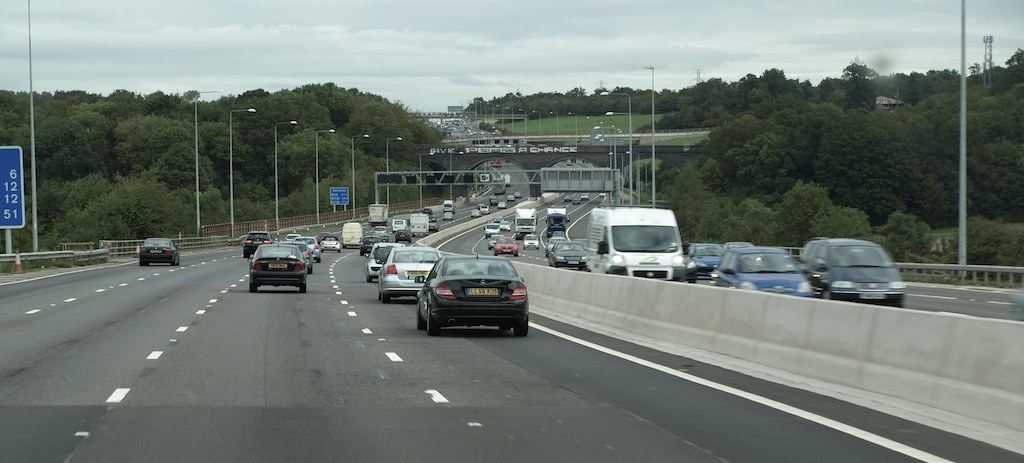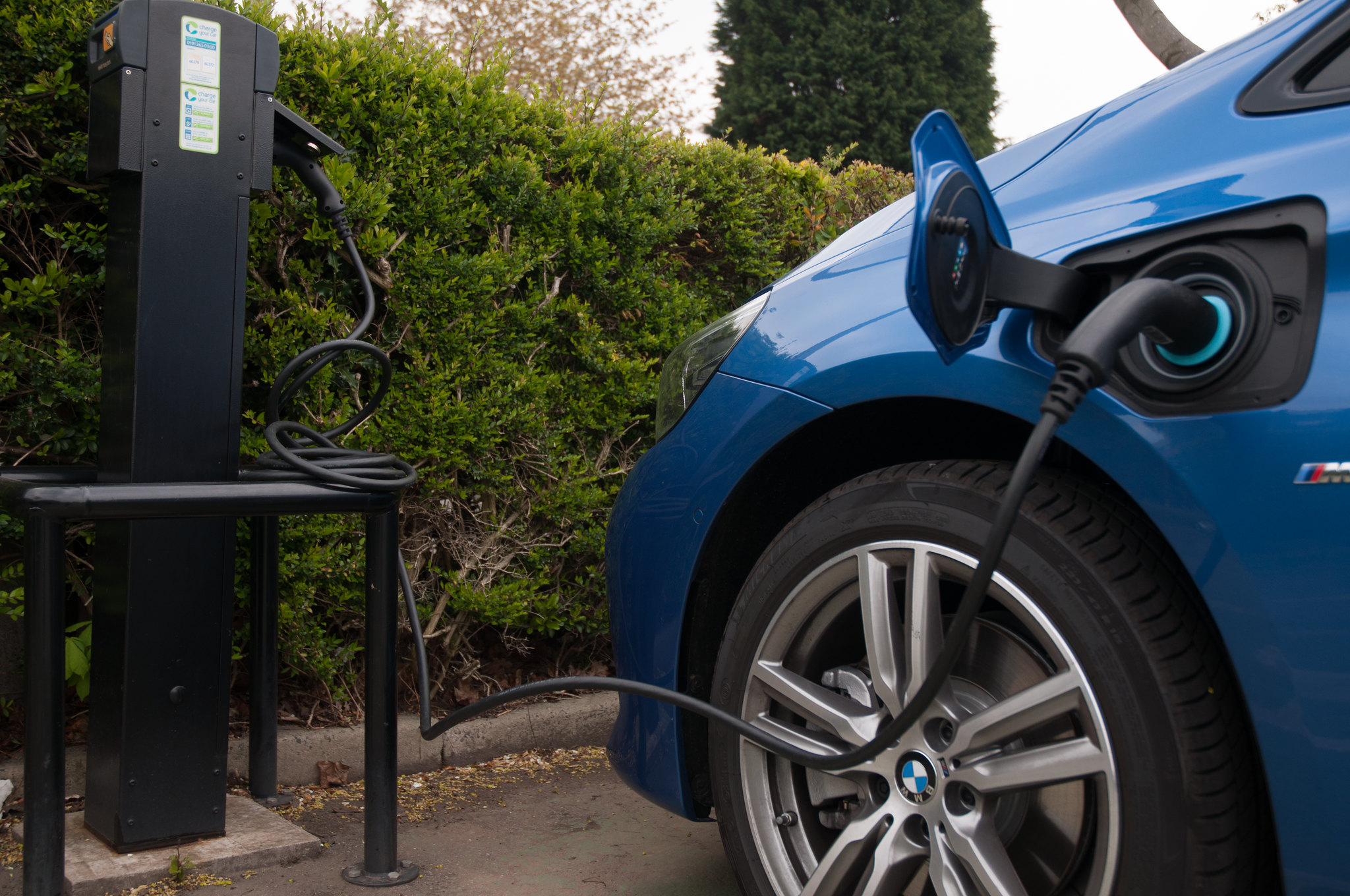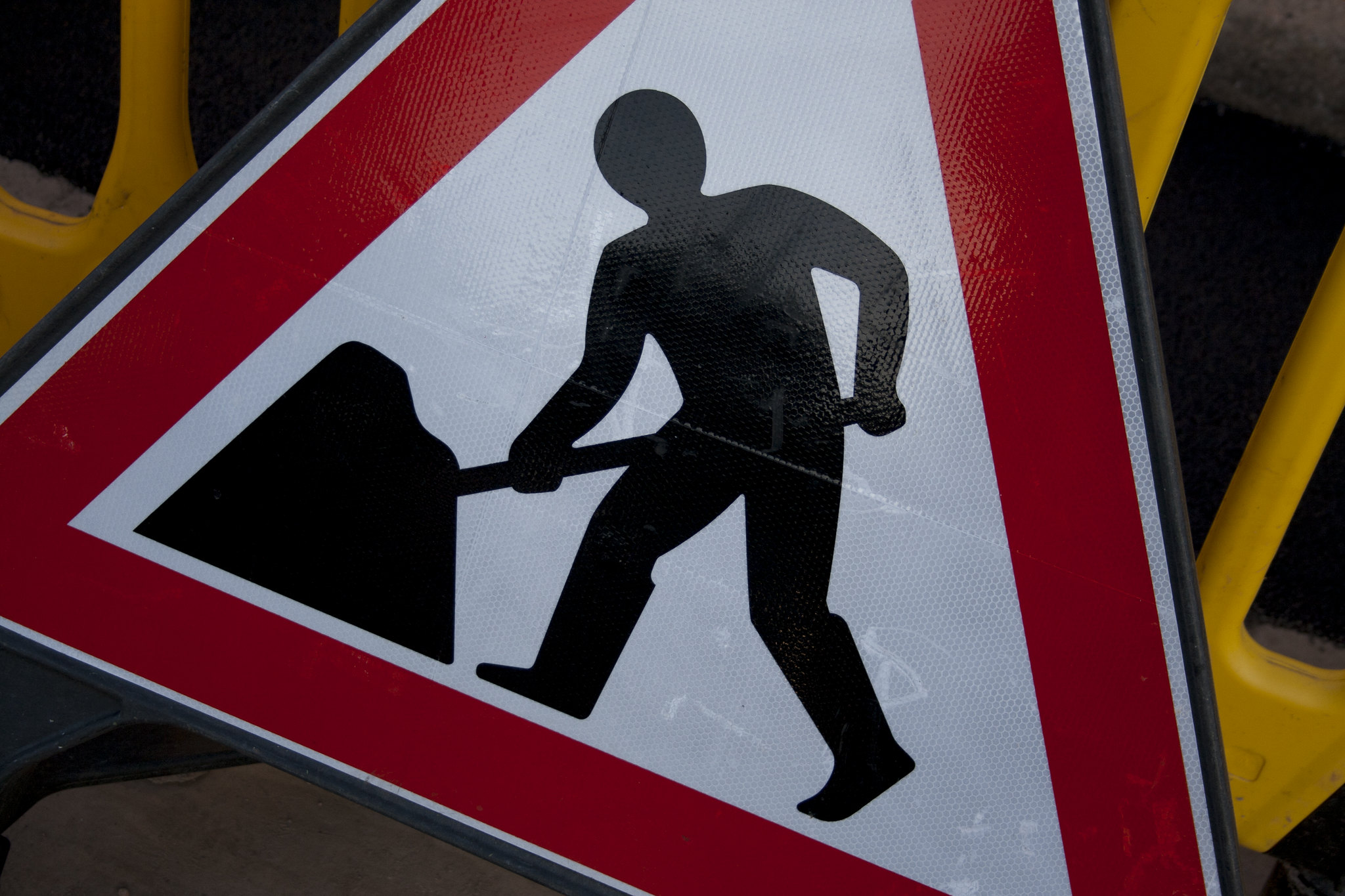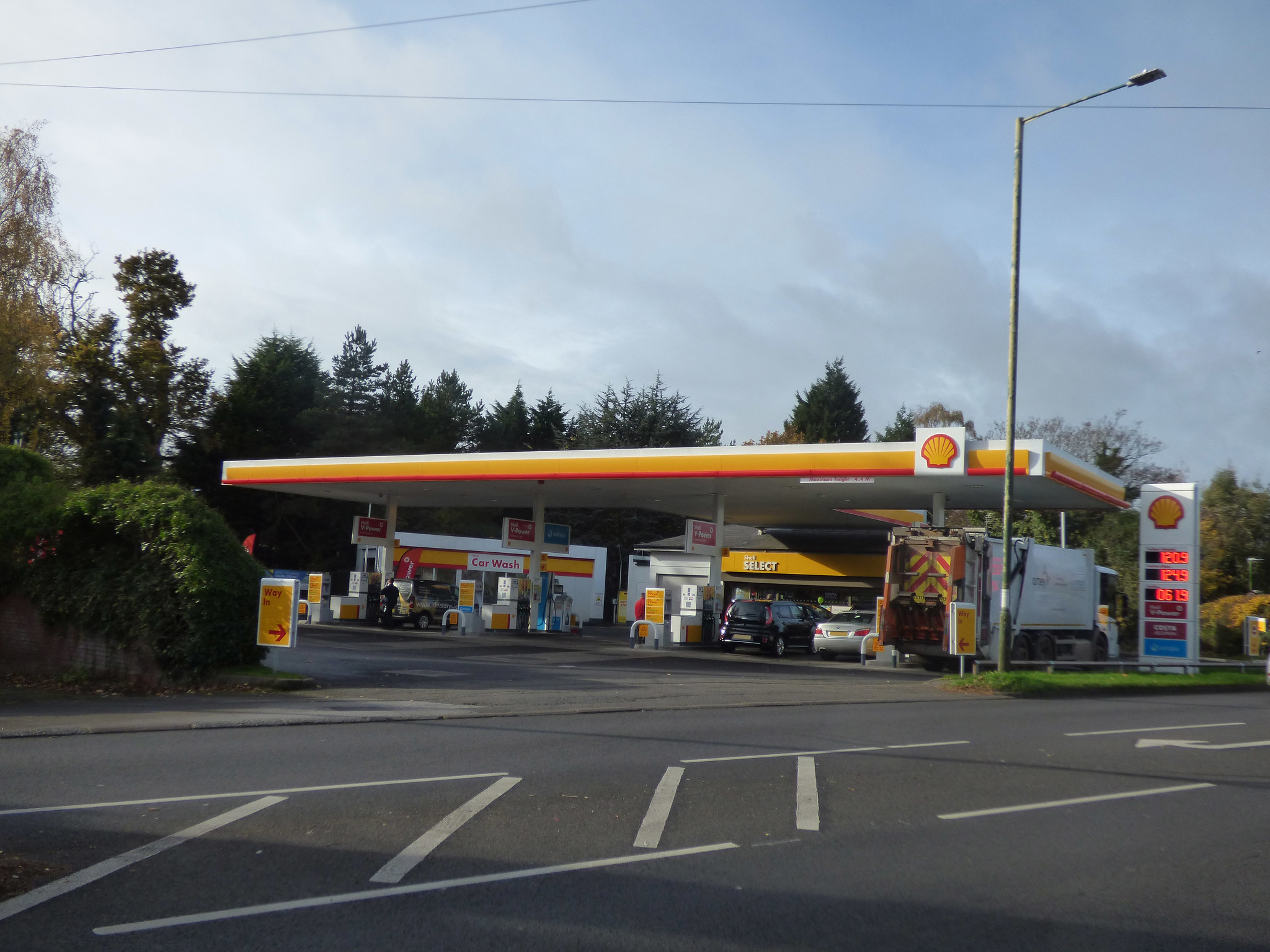By Car
Edinburgh is easily accessible by car, making it a convenient option for travelers who prefer flexibility and the opportunity to explore the surrounding region. From within Scotland, major roads such as the M8 from Glasgow, the A1 from the east coast, and the M90 from Fife provide direct and well-maintained routes into the city. Driving from nearby cities like Glasgow takes just under an hour, while journeys from Aberdeen or Inverness take approximately three to four hours, offering scenic views of the Scottish countryside along the way.

© John Christian Fjellestad - CC BY-SA 2.0
For visitors coming from Europe, Edinburgh can be reached via ferry or the Channel Tunnel, followed by driving on the UK motorway network. Popular routes include the M1 and A1 if arriving from southern England, with onward connections to Scotland. The city is well-signposted, and GPS navigation makes it easy to reach central destinations, including Edinburgh city center and the Edinburgh International Conference Centre (EICC).
Parking
Visitors should note that parking in the city center can be limited and often expensive. Many hotels, car parks, and the EICC offer pay-and-display or pre-booked parking options, making it easier to plan your visit in advance. Driving offers the freedom to explore both the city and nearby attractions, such as the Highlands, castles, and coastal towns, at your own pace.
Charging & Fuel
In addition to traditional fuel pumps, most petrol stations now offer pay-at-pump options and contactless payments, along with electric vehicle charging points at select locations. This allows drivers of hybrid or fully electric cars to plan long-distance journeys with confidence.
Edinburgh has a well-distributed network of petrol stations. Major fuel brands such as BP, Shell, Esso, Texaco, and Morrisons operate throughout the city and along key approach routes, ensuring that drivers can easily refuel whether entering from the M8, A1, or M90. Many stations are located near motorway junctions, service areas, and major shopping centers, making them convenient stops for both refueling and refreshments.
Almost all stations are opend 24/7, 365 days a year.



© JCT 600 - CC BY-SA 2.0
© Jeremy Segrott - CC BY 2.0
© Elliott Brown - CC BY-SA 2.0
Traffic information and parking
For the latest updates on traffic conditions, roadworks, and incidents in Edinburgh, consider the following resources:
-
Traffic Scotland: Provides live traffic updates for Scotland's trunk road network, including major routes into and out of Edinburgh.
-
Edinburgh City Council – Roadworks & Travel Disruption: Offers information on local roadworks and travel disruptions within the city.
-
RAC Traffic News: Provides live traffic updates for Edinburgh, including information on incidents and roadworks.
Good to know when driving in the UK
- Drive on the Left-hand side of the road and overtake on the right.
- Seat belts are mandatory for all occupants of the vehicle.
- Children under 12 cannot sit in the front seat.
- Children under 12 years old or shorter than 135 cm must use a suitable child seat.
- Don’t drink and drive, The legal blood alcohol limit is 0.08% in England, Wales, and Northern Ireland, and 0.05% in Scotland.
- The use of a mobile phone while driving is prohibited unless you have a hands free device.
- Roundabouts are common; give way to traffic from the right unless otherwise indicated.
- Keep vehicle documents, insurance, and MOT certificates handy, as checks may occur.
- Edinburgh currently does not have a congestion charge or tolls on city roads.
- Some bridges and motorways in the UK may require toll payment, so check in advance if you plan to drive elsewhere.
Speed limits:
- urban areas: 48 km/h (30 mph)
- Outside the city: 97 km/h (60 mph)
- Highways & Motorways: 113 km/h (70 mph)
Checklist for Driving in Scotland and the UK
- Driver's license (required)
- Passport (required)
- Insurance certificate (required)
- Proof of registration (required)
- Reflective jacket & warning triangle (strongly advised)
- International Driving Permit (IDP) (required if your license is in a non-Roman alphabet)
Emergencies
- In case of an emergency call, 999 or 112.
- In case of roadside assistance service, please reach out to AA – The Automobile Association or the RAC – The Royal Automobile Club
